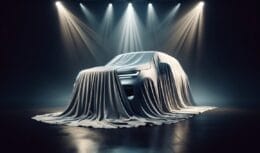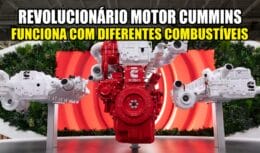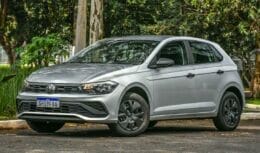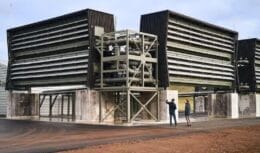
Considered the battery of the future, the lithium-air battery allows an electric car to run more than 600 km on a single charge and has the best lifetime performance ever achieved
Researchers from NIMS - Japan's National Institute of Materials Science, in partnership with Softbank Corp, have created the world's highest energy density lithium-air battery, which can double the range of electric cars and has the best performance of service life already achieved. The research team also confirmed that this battery can be charged and discharged at room temperature. These results mean a big step towards the practical use of lithium-air batteries!
Read also
- After being accused of plagiarism by Volkswagen for manufacturing an electric copy of the iconic Beetle, the Chinese automaker challenges the German and announces, for March, the launch of the Chinese electric Beetle in the Asian market
- Scientists simulate an indescribable process of cosmic energy inside graphene particles that promises to revolutionize electronic devices in the world
- The giants Volkswagen and Bosch create a company for the manufacture and production of battery cells for electric cars, and Europe has a unique chance to become a global battery powerhouse in the coming years
- Iron flow batteries can remain active for 25 years or more without suffering degradation over their lifetime and will revolutionize energy storage in the world
Softbank's battery cell manufacturing technology has achieved a prototype that reaches 500 Wh/kg of energy density, doubling the usual values achieved with lithium-ion batteries. Furthermore, according to the authors of the research documentation, “it is the world's first realization of a charge/discharge reaction of a high-quality lithium-air battery at room temperature”.
Lithium-air batteries have the potential to be the best rechargeable batteries: they are lightweight and high-capacity, with theoretical energy densities several times greater than currently available lithium-ion batteries. Because of these potential advantages, they could find use in a wide range of technologies such as drones, electric vehicles and home electricity storage systems.
For the lithium-air battery to reach 500 Wh/kg, the researchers identified the critical problems of this technology to improve its performance and eliminate its limiting factors, such as unwanted chemical reactions and the need to use pure oxygen. Softbank allowed real tests to be carried out with it to demonstrate its advantages.

lithium-air batteries are considered the batteries of the future, allowing an electric car to travel more than 600 kilometers on a single charge
In a conventional lithium-ion battery, the negative electrode is graphite, the positive electrode is made of a metal oxide such as lithium cobalt oxide, and the electrolyte is a lithium salt dissolved in an organic solvent. Battery action depends on the movement of lithium ions between electrodes. Lithium-ion batteries deteriorate over time and their relatively low energy densities mean they need to be recharged frequently.
Lithium-air (or lithium-oxygen) batteries are considered the batteries of the future, due to their high theoretical energy density, which can be up to ten times greater than that of a lithium ion.
The value that can be achieved in this section is comparable to that of gasoline, which would allow an electric car to travel more than 600 kilometers on a single charge with a battery that is much less heavy than current lithium-ion batteries, also offering a longer service life.
Research is aimed at deploying lithium-air batteries into practical use in mobile phone stations, Internet of Things, HAPS and other technologies.
In 2018, NIMS and Softbank founded the Advanced Technologies Development Center to carry out research with the aim of putting lithium-air batteries into practical use in mobile phone base stations, Internet of Things (IoT), HAPS ( high altitude platform stations) and other technologies.
NIMS has been conducting basic research on lithium-air batteries with support from the ALCA-SPRING program (ALCA: Advanced Low Carbon Technology Research and Development Program, SPRING: Specially Promoted Research for Innovative Next Generation Batteries). This program was funded by the Japan Science and Technology Agency (JST) with the aim of accelerating research and development of high-capacity rechargeable batteries.
This project was carried out by a research team led by Shoichi Matsuda (Senior Researcher, NIMS), Manai Ono (Postdoctoral Researcher, NIMS), Shoji Yamaguchi (Expert Staff, NIMS), and Kohei Uosaki (Researcher, NIMS; also Director, NIMS-SoftBank Advanced Technologies Development Center). This work was mainly supported by the JST ALCA-SPRING program and the NIMS-SoftBank Advanced Technologies Development Center.













Work in Switzerland and earn…
Finally the Toyota Yaris Cross…
Nissan Versa 2024: a choice…
Moto 0 from Honda that…
Oceânica opens several vacancies…
Depends on the price
Yes, and in a very short time the engines…
1000 cycles? Assuming a load every…
Too weak little engine. What a shame...
Nothing against the Malaysian company, as long as…
Friend, I have a Versa Exclusive…
I am a bricklayer and have a lot of experience with…
Toyota also has 3 cylinders but I believe…